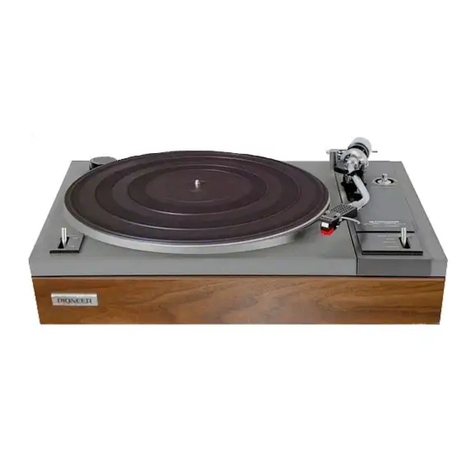Pioneer PL-71 User manual
Other Pioneer Turntable manuals

Pioneer
Pioneer CDJ-2000NXS User manual
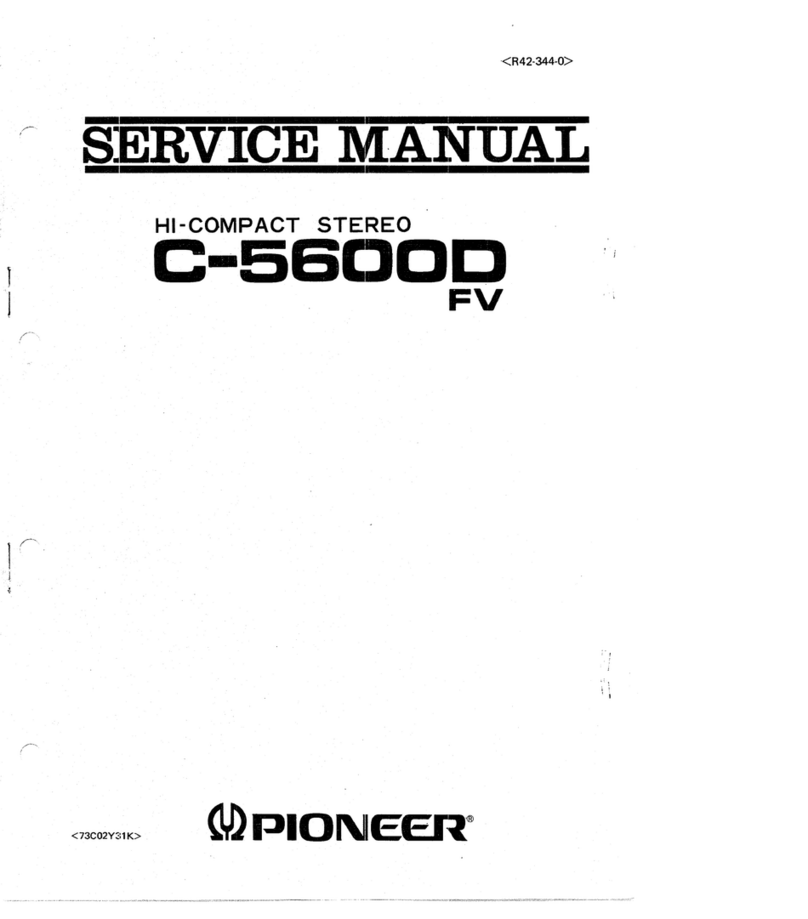
Pioneer
Pioneer C-5600DFV User manual
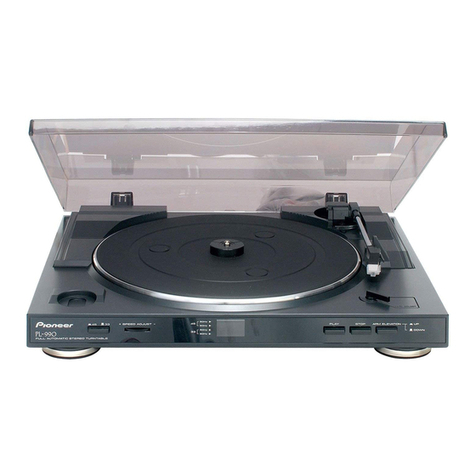
Pioneer
Pioneer PL-990 User manual
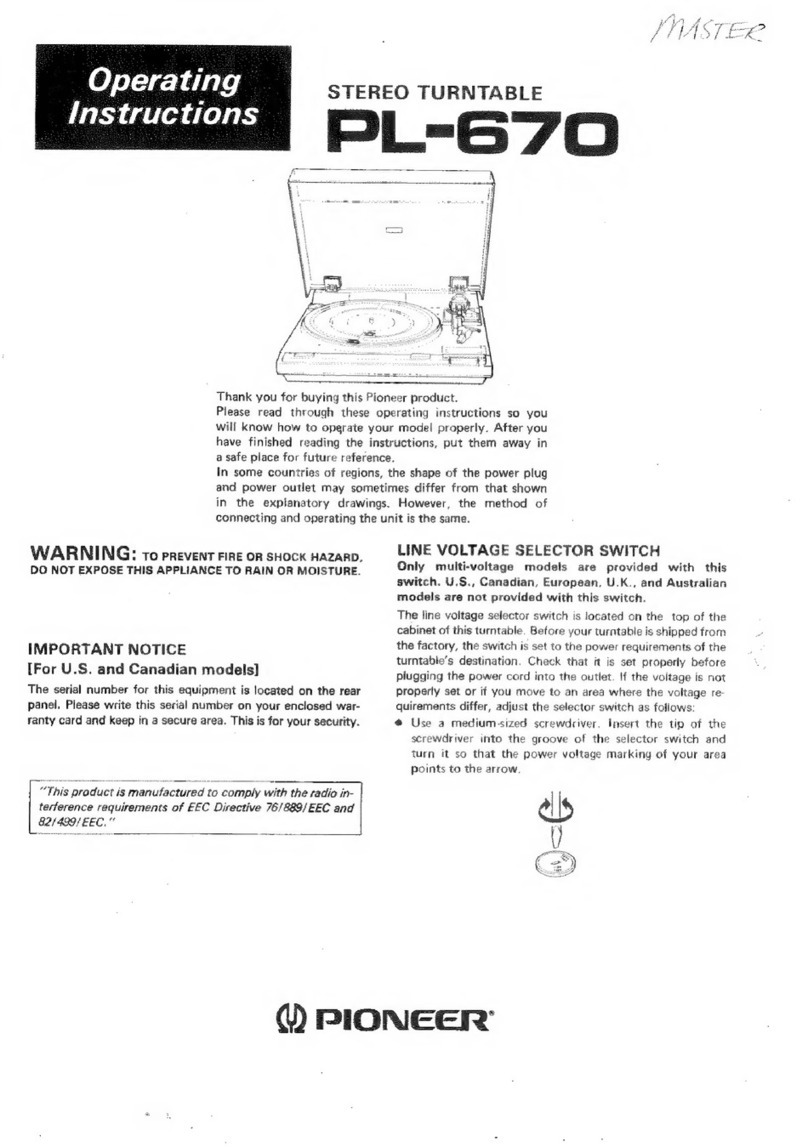
Pioneer
Pioneer PL-670 User manual

Pioneer
Pioneer DEH-P7550MP User manual

Pioneer
Pioneer PL-L50 User manual
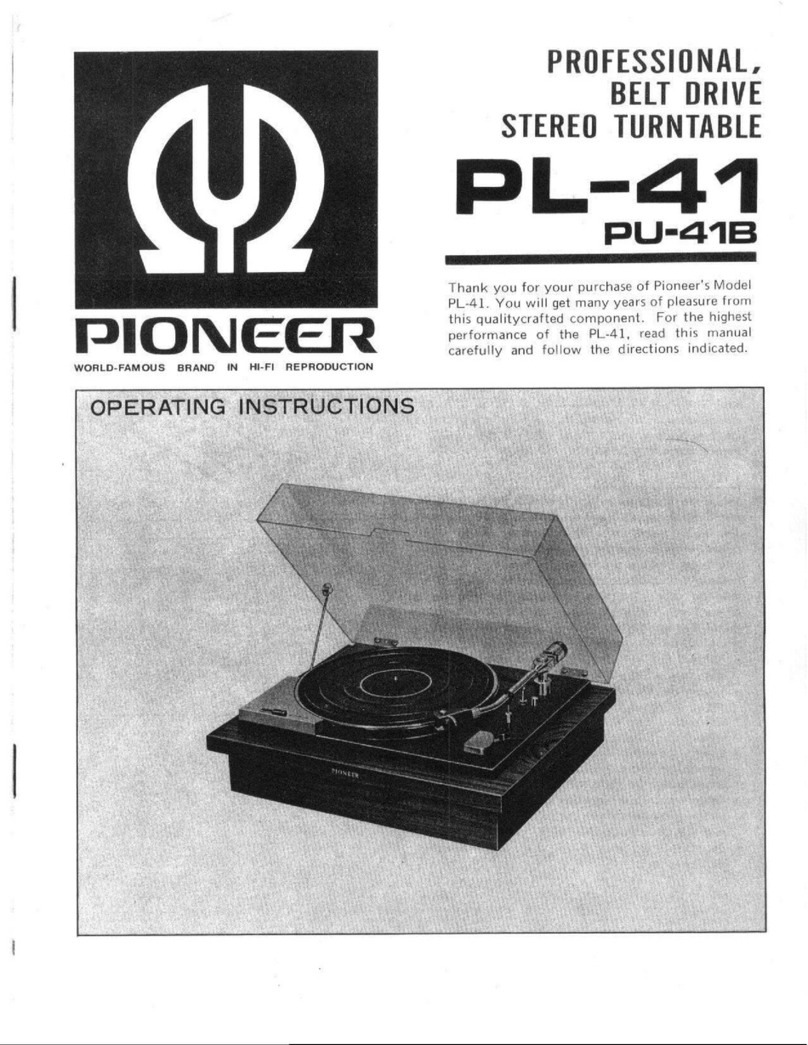
Pioneer
Pioneer PL-41 User manual

Pioneer
Pioneer PL-12D User manual
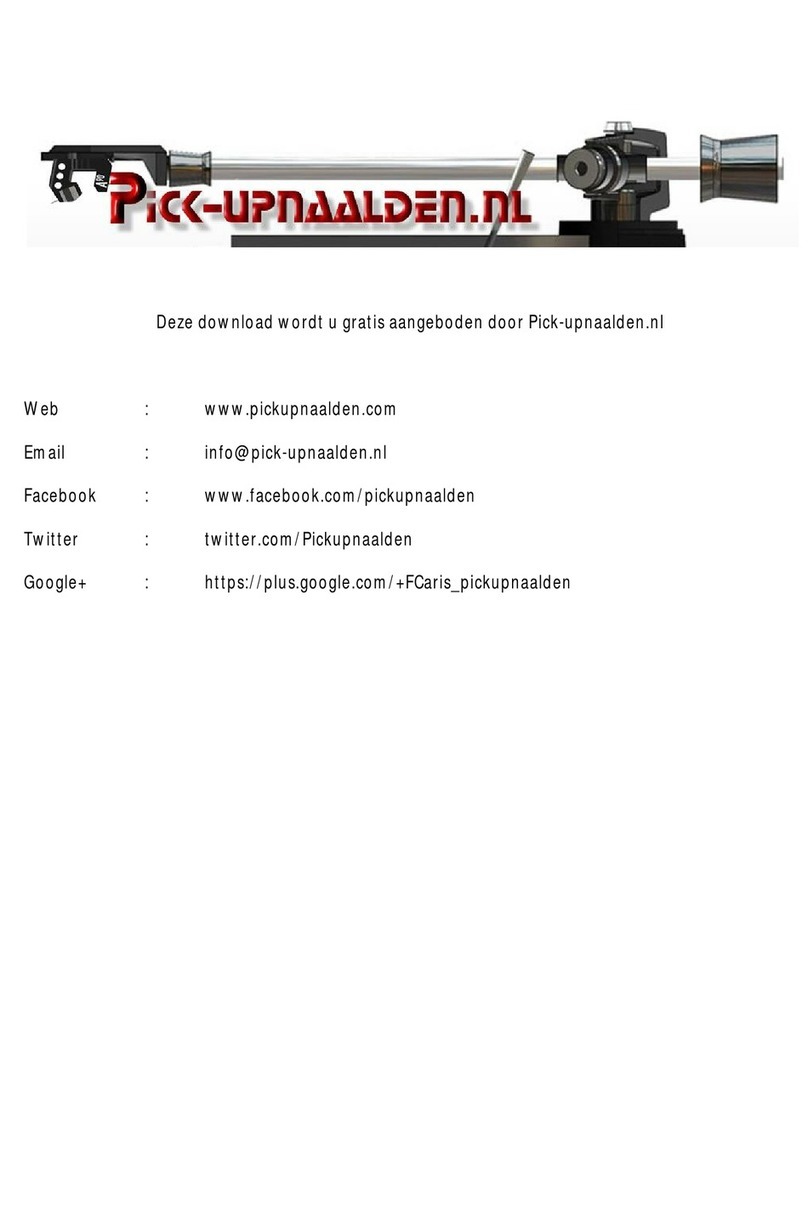
Pioneer
Pioneer PL-110 User manual

Pioneer
Pioneer PL-707 User manual
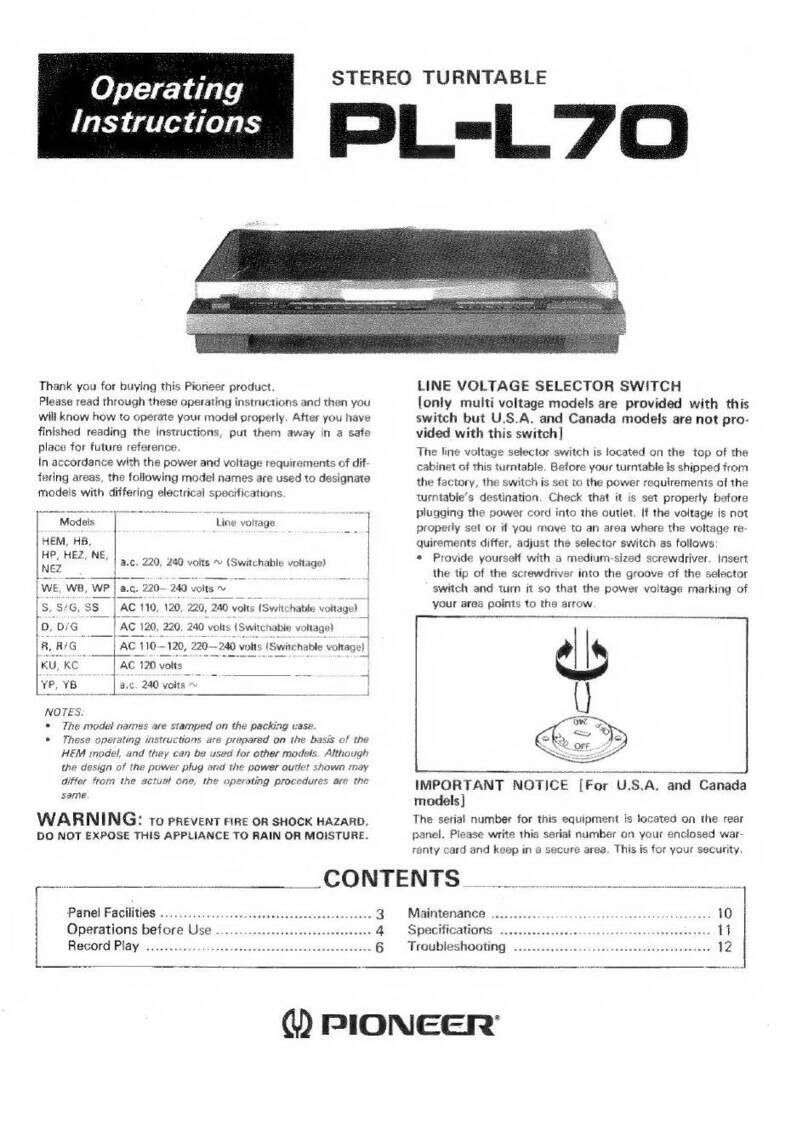
Pioneer
Pioneer PL-L70 User manual
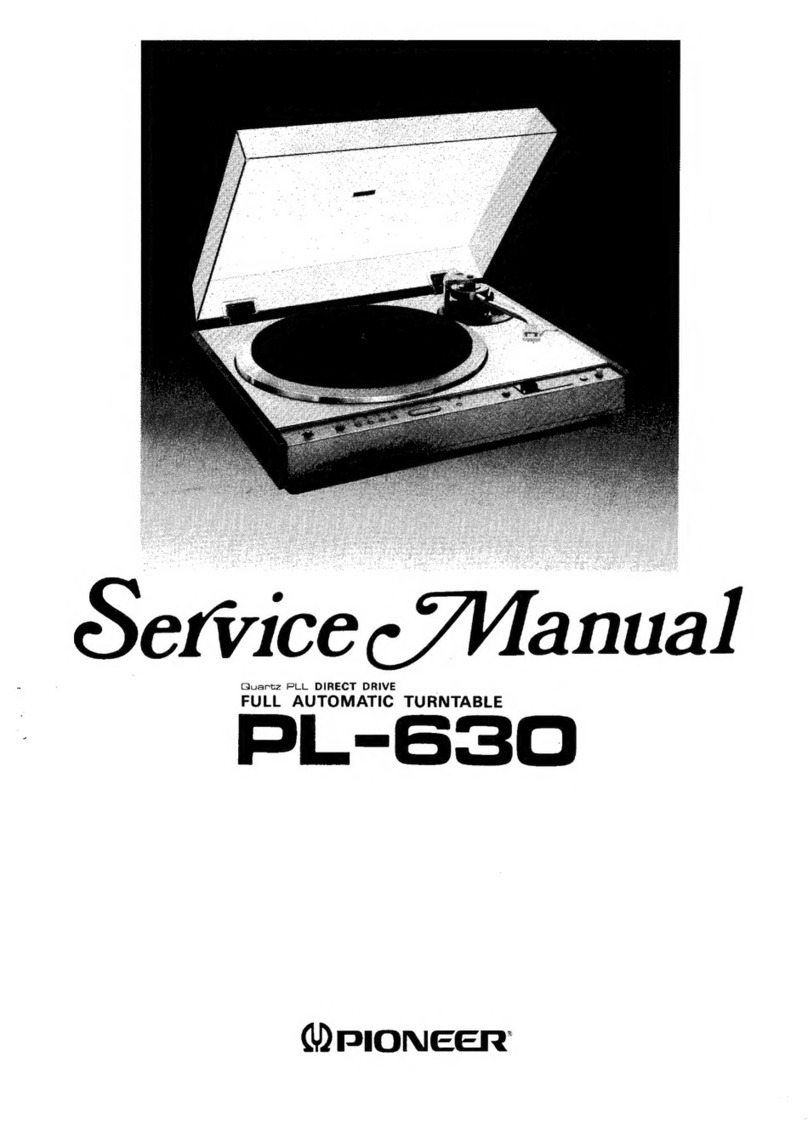
Pioneer
Pioneer PL-630 User manual
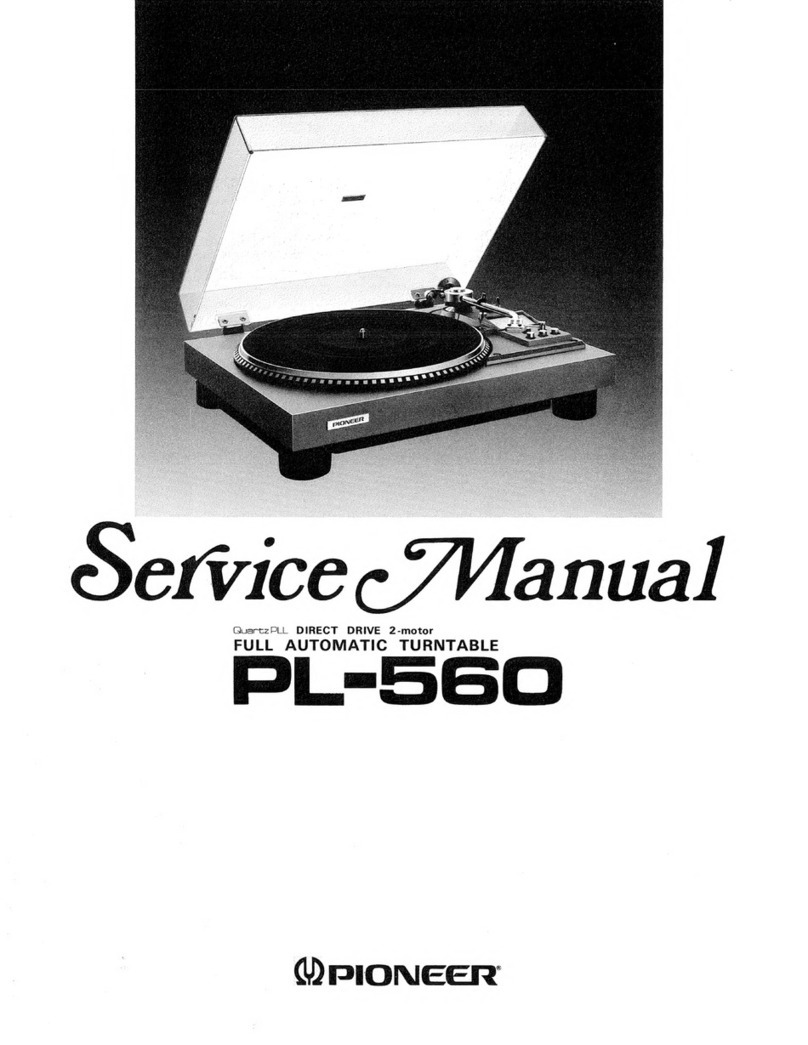
Pioneer
Pioneer PL-560 User manual
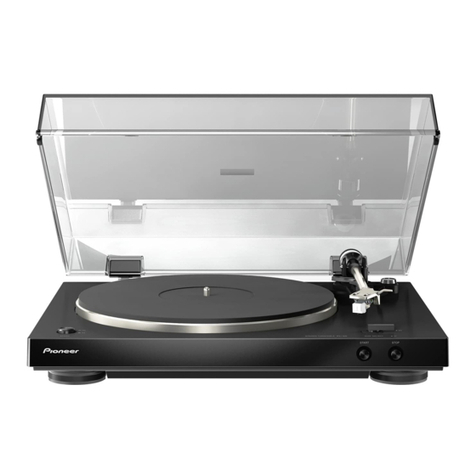
Pioneer
Pioneer PL-30-K User manual
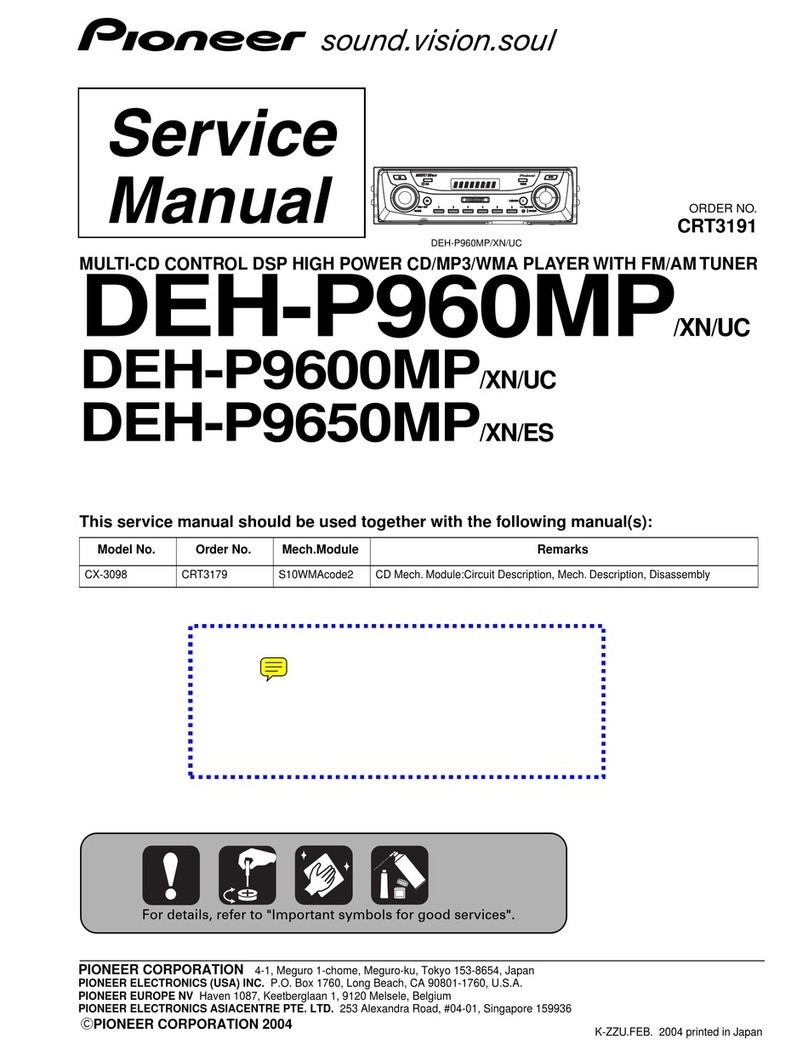
Pioneer
Pioneer DEH-P960MP/XN/UC User manual

Pioneer
Pioneer PL-15D-II User manual

Pioneer
Pioneer PZ-115D User manual
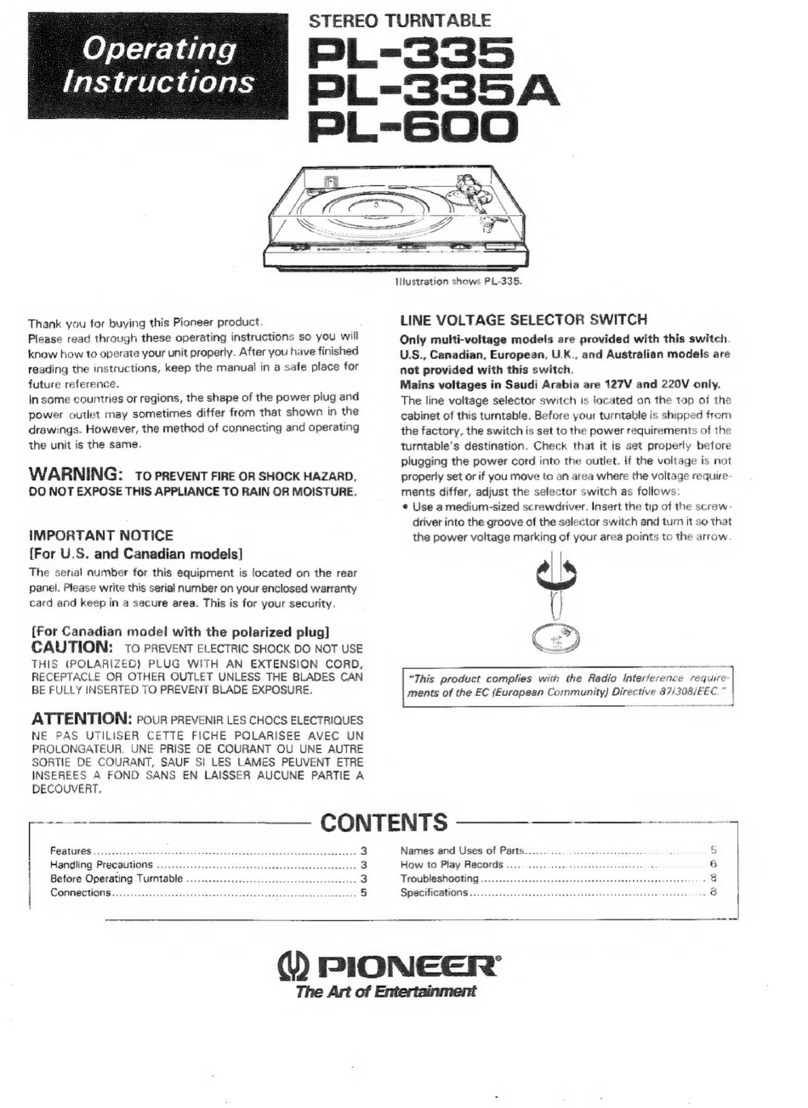
Pioneer
Pioneer PL-600 User manual
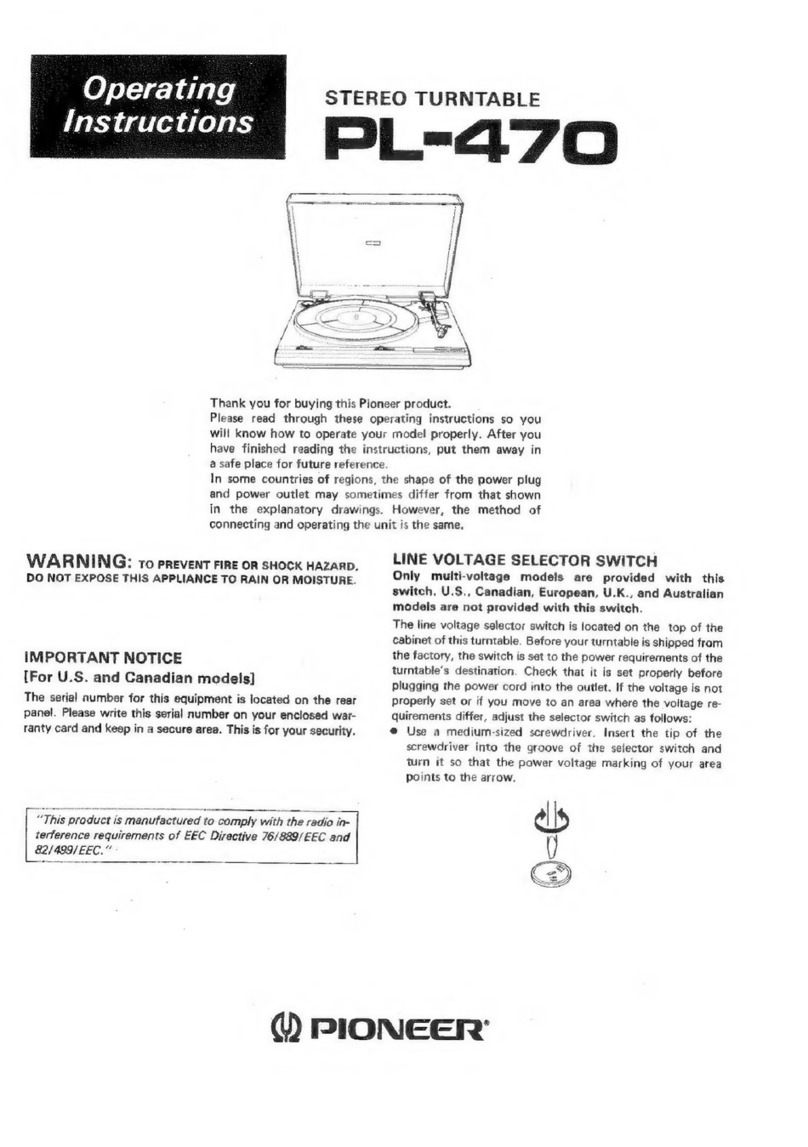
Pioneer
Pioneer PL-470 User manual
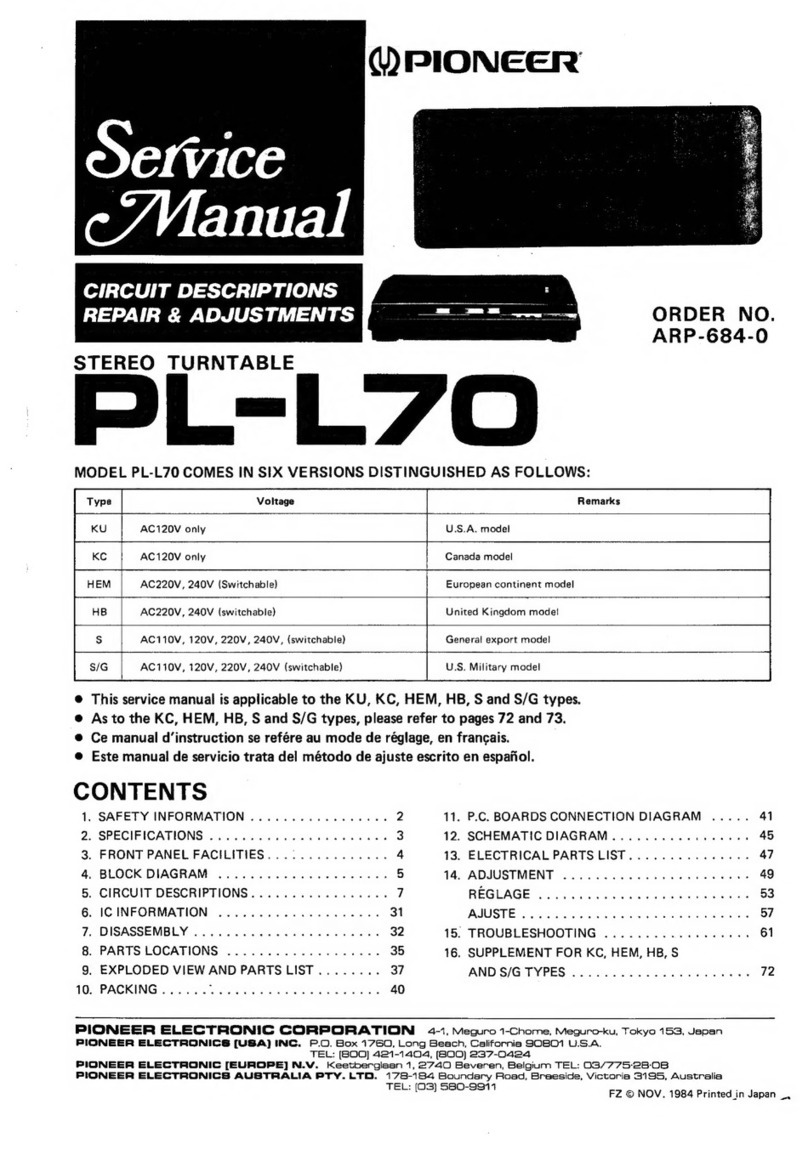
Pioneer
Pioneer PL-L70 User manual



